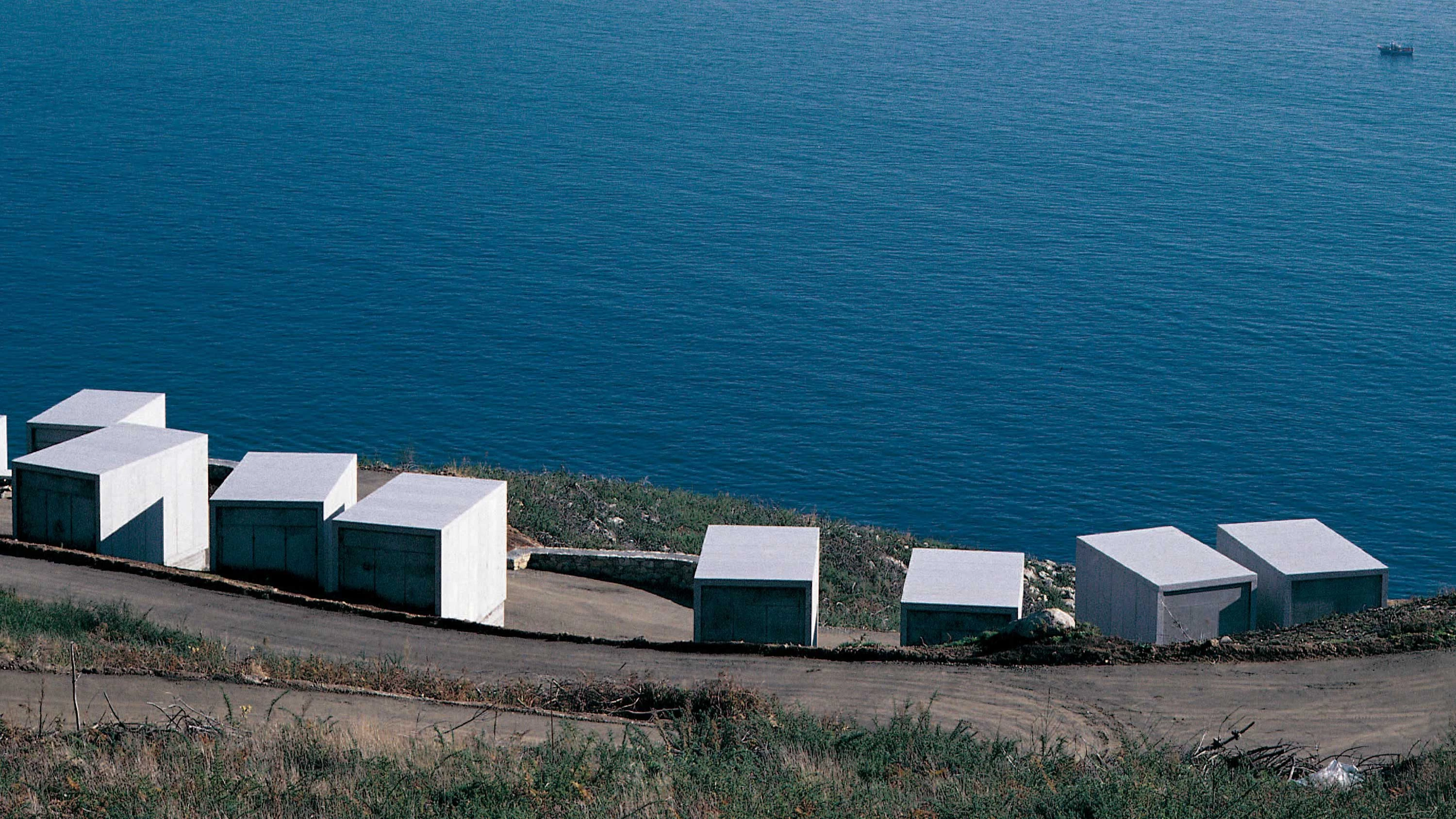Civil Cemetery, Fisterra
César Portela- Type Cemetery Religious / Memorial
- Material Stone Granite
- Date 1997 - 1999
- City Fisterra (La Coruña)
- Country Spain
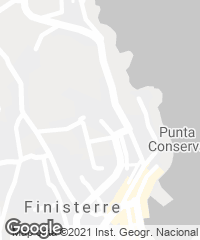

Topography and toponymy seem to marry in Finisterre to define a place predestined to be a scene of sorrow. On this cape of the ‘Costa de la Muerte’ (Coast of Death) – where the Romans thought the world to end – a plot of land exposed to the tempests was chosen by the municipal council to be the site of the town of Fisterra’s new civil cemetery. Contrary to the idea of an enclosed necropolis, with walls segregating the inside from the outside, the project proposes to bring death closer to everyday life – not only on All Souls’ Day. The cemetery is above all a network of paths that stretches on down the cliff, unencumbered by boundaries and with the eternal presence of the ocean as the background.
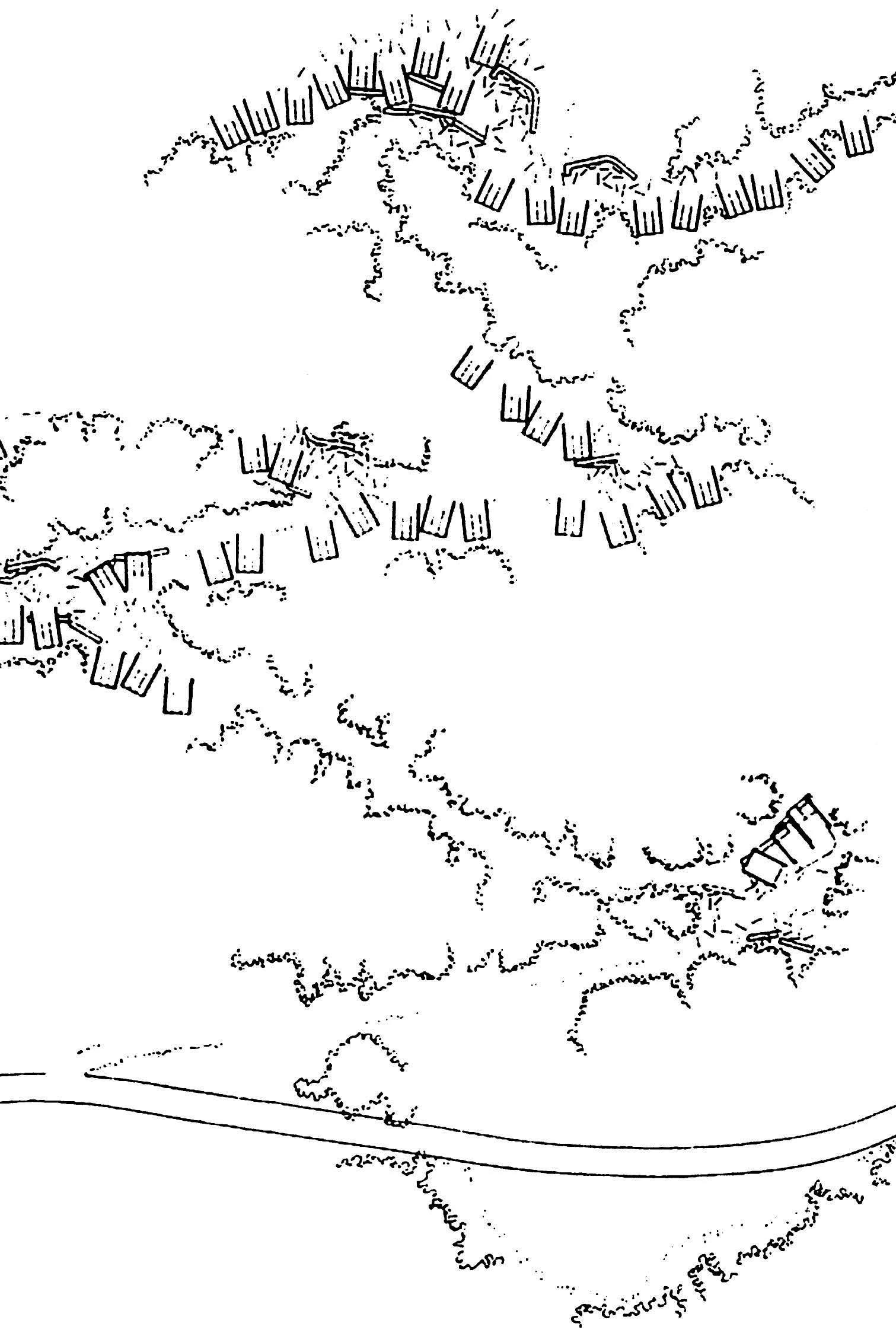
Opposed to the idea of the necropolis as an enclosed precinct, the cemetery of Fisterra proposes to bring death closer to everyday life, set up along a network of paths that stretch out along the cliff overlooking the sea.
Hence, a fragmented complex of small constructions engages in dialogue with the horizon, arranged amidst and along the old trails, now rehabilitated, that lead from the town to the mills where women once washed clothes. The physical references that marked ancient Celtic burials – sea, river, mountain and sky – are the intangible borders that stand in for the traditional perimetral wall. The image of the graveyard will be that of a walk, a footpath that descends the mountain to the very shore of the ocean. A counterpoint to this organic make-up of the terrain is the Platonic geometry of the cubes that accommodate the niches in groups. To minimize ground-leveling work, these boulder-like, sharp-edged boxes are placed around freely, looking as if they had each rolled downhill and found a comfortable spot on which to rest. The paths wind around them, creating a topography of terraces, low walls and small squares conducive to contemplation and repose. As in the via sepulcrae of Pompeii, burial takes place in constructions along the edges of the road, outside the city.

Made out of grey, Mondariz granite slabs, the mausoleum cubes are elevated from the ground to evoke the traditional architecture of the region. A concrete staircase is the only threshold between the path and the tomb.
These modules are built in a way that stresses the simultaneous identification of the tomb with each of two primary forms: the boulder and the dwelling. Formed by joining large pieces of gray Mondáriz granite, the cubes appear partially buried in the slope of the mountain, thereby enlarging the cemetery’s dirt road axis into terraces at regular intervals. The sides that face the sea, in contrast, seem slightly detached from the ground – a possible abstraction of the hórreo, a small granary set on piles, and other constructions of Galician tradition. A short staircase molded in concrete precedes every cube like a threshold, constituting the only barrier between strollers and mourners.

The tombs are grouped together in granite cubes that, seen from the ocean look like empty boxes; while from the mountains, they appear as an integral part of the rocky slope, expanding the path with ledges for sightseeing.
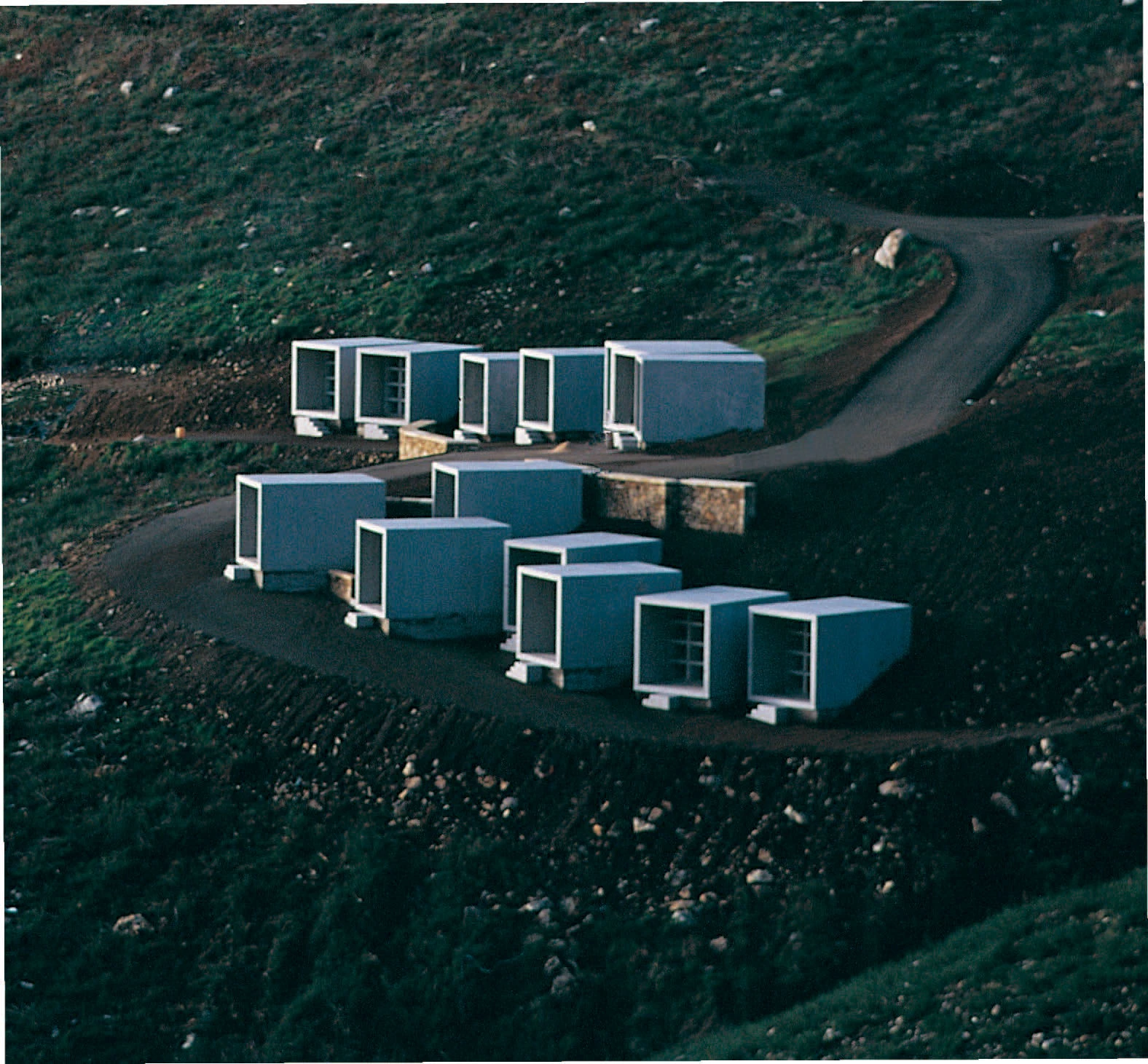

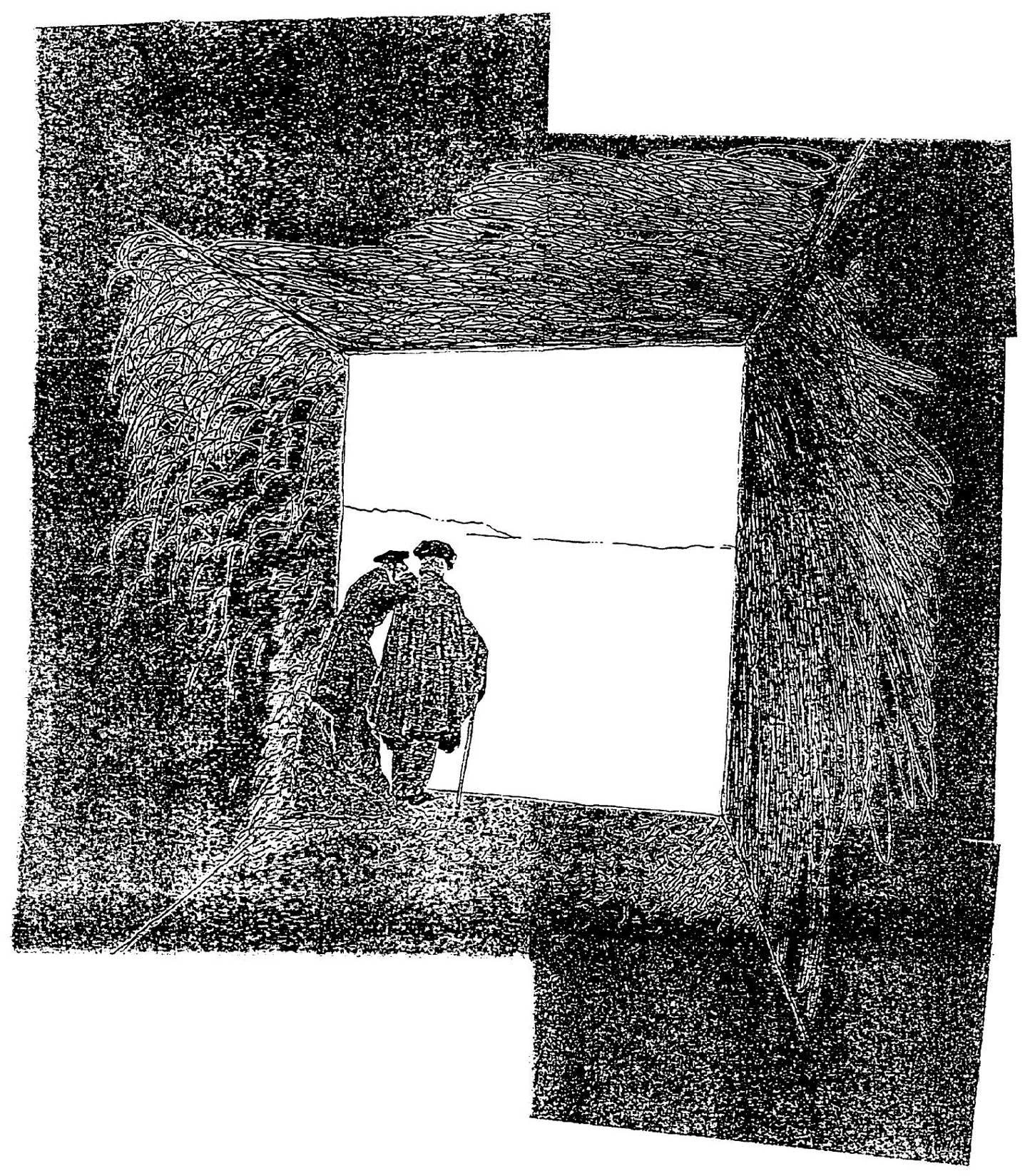

Cliente Client
Concello de Fisterra, Diputación de La Coruña
Arquitecto Architect
César Portela
Colaborador Collaborator
Miguel Ángel Rodríguez (aparejador quantity surveyor)
Contratista Contractor
Construcciones Ponciano Nieto

